Words by Sabine Hrechdakian
Photography by Simon Burstall
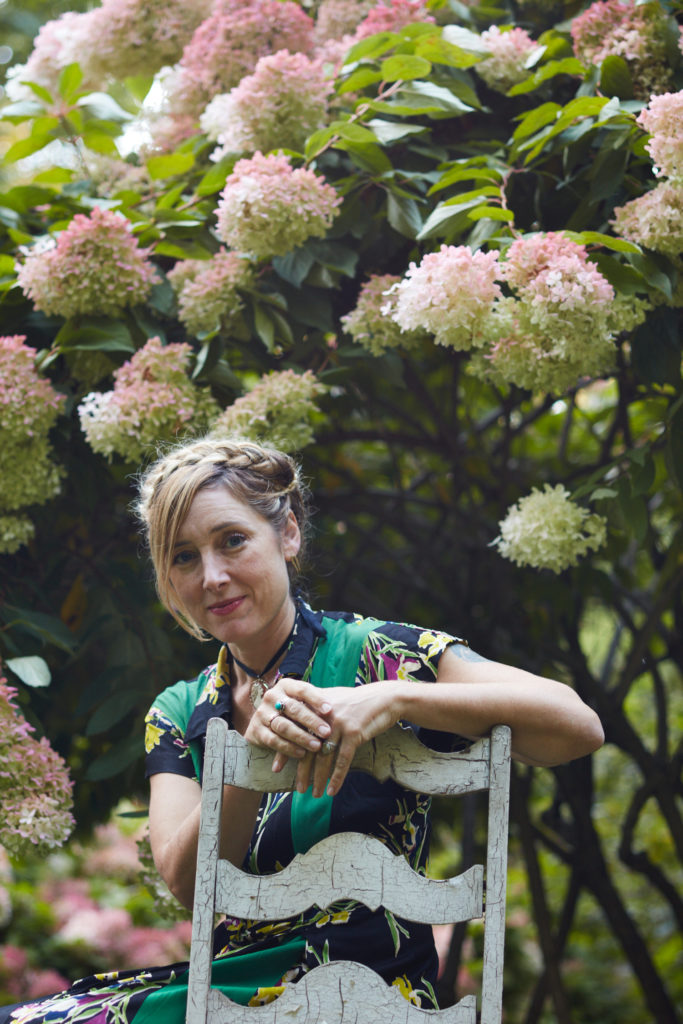
For most of our history, animals were woven into the fabric of daily life and revered as teachers, tricksters and spirits. While this intrinsic bond still survives in indigenous cultures, pagan traditions and in the imaginations of children, most adults abandon their sense of kinship with other creatures. Thankfully, not artist Dana Sherwood, whose body of work, which includes draw – ing, painting, sculpture, video and installation, resides at the fraught intersection of the human and non-human worlds in the Anthropocene Age.
Take her video installation, Feral Cakes, where Sherwood, flouting the prohibition against feeding wild animals, sets a child’s table and chairs at the border of a field with teacups, towers of powdered donuts, and milky gelatin spirals stuffed with grapes and meatballs while, over the course of three months, infrared cameras “shoot” an unwitting parade of raccoons, opossums and house cats as they comically dig, paw, snatch, and stumble over the offerings. By inviting wild creatures to eat cake and delicately dip their paws, as the raccoons do, in teacups seemingly used as finger bowls, Sherwood mocks the illusion that we are separate. The constant hum of traffic in the background reinforcing her point that, like raccoons and opossums, humans are omnivorous and opportunistic edge-dwellers who favor donuts over broccoli.
As someone who has also spent decades contemplating the relationship between nature and culture, I was eager to learn more as we sat outside Sherwood’s ornate Carpenter Gothic house in the rural hamlet of Copake to talk and sip tea made from herbs she had grown. “The same way I want to draw the animals in by enticing them with meatballs, I also want to draw people in by enticing them with the wonder of watching a raccoon tea party,” Sherwood says, although her goals are ultimately more subversive. The grainy, voyeuristic footage of these phantasmagorical banquets is also Sherwood’s sly way of drawing parallels between the objectification of women and animals. Both have been treated as “other” by patriarchal and capitalist culture.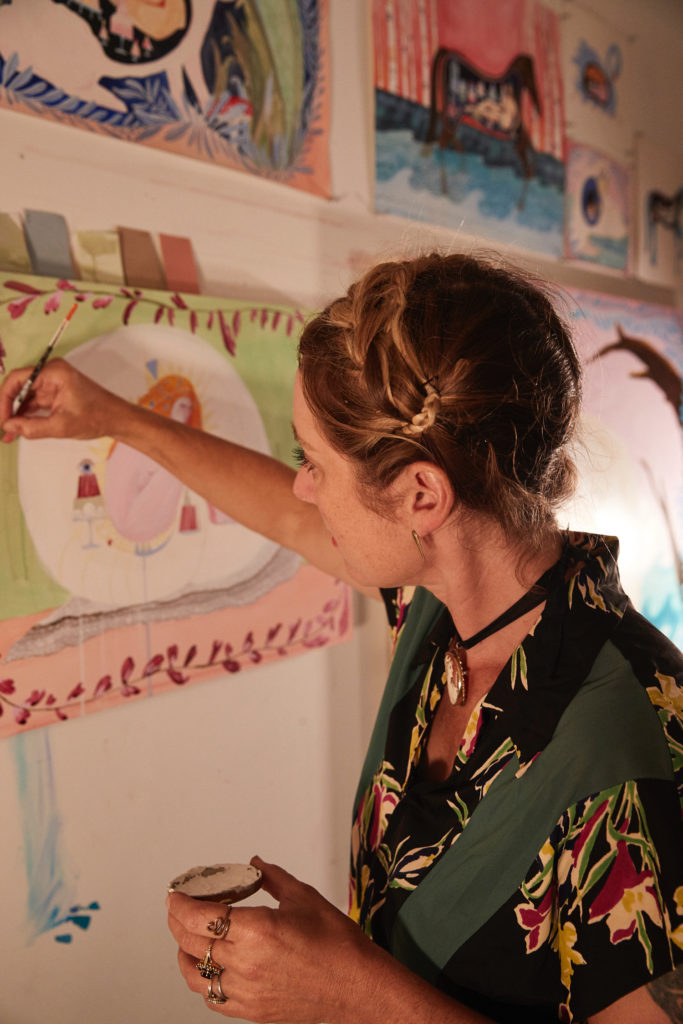
For Sherwood, the magic of what she calls “cake time” is not only a catalyst for altering reality and breaking down hierarchies, she sees it as a ceremonial act with the power to diminish our existential loneliness as a species. “It changes our outlook or the way we perceive the world: to make us feel a sense of connection. Once you reestablish a connection, things matter, you think about things differently, you want to preserve and care about them,” she says.
Inspired by eco-feminist theorists Caroline Merchant and Donna J. Haraway, for whom the taming of nature is synonymous with its destruction and the exploitation and suppression of the feminine, Sherwood believes the paradigm of how we think about the natural world needs to completely shift. “We need to wipe that away, start over and make some – thing together. I wanted to think about how I could push the envelope by having a conversation with nature.”
Easier said than done. She describes a turning point during a video installation in Denmark, titled, The Wild and the Tame, where absolutely nothing went as planned. “It was the first project where I recognized that I was unconscious of my anthropomorphic thinking, even though I knew better. I expected animals to behave as a child would. I’ll put this food out and they will come eat it. It’s a failed piece, but it is also one of my most important works because it made me recognize that you must give up a control. You can’t control nature.”
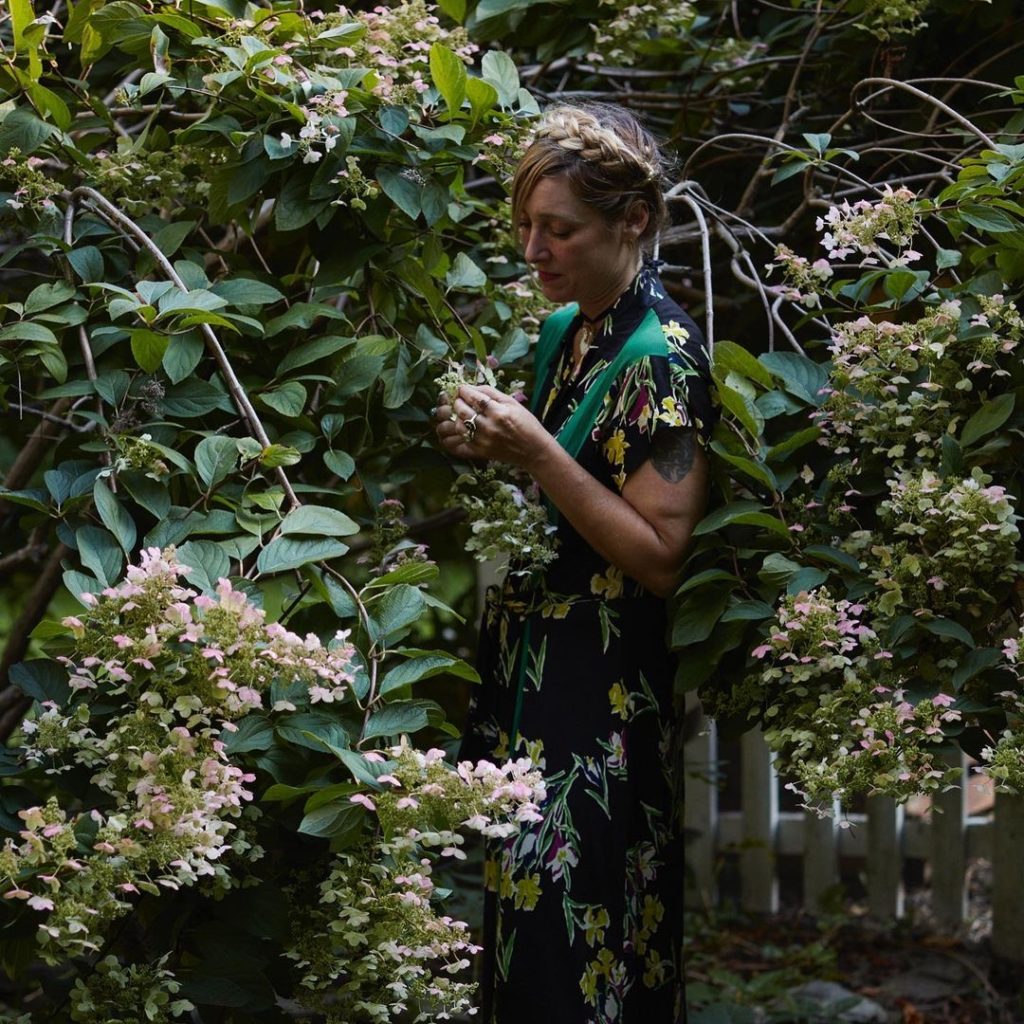
An accomplished horsewoman who started riding at the age of seven and now competes in the highly stylized art of dressage, the discipline has been another lesson in appreciating the nuances of animal communication and surrender. “You can’t ride with tight muscles, you have to learn to counter-intuitively relax into the rhythm of the horse, so it comes around, and when you feel like you are losing control, you loosen the reins. I am still learning every single day to stop pulling on the reins.”
It made Sherwood question what other aspects of her life she was try – ing to control. An artist with a field and studio practice where she paints ethereal scenes inspired by her video footage, she describes a highly rigorous process once so painful, it would lead to headaches, “I would work all day, afraid to make a mistake. I wanted the line to be clean and confident looking, the colors to be perfectly organized, with no visible brush marks. It sounds ridiculous to me now,” she says laughing.
Growing up in a strict working-class Catholic family on Long Island, it’s not surprising that perfectionism and dominance would play a big role in her life. Sherwood ran away to New Orleans as a teenager, a city steeped in myth, magic and folklore, which suited her wilder, more animist sensibilities. After studying ceramics and glassmaking at Tulane, she continued her art studies at the University of Maine, landing at a study abroad program in Aix-en-Provence where she met her husband, the artist Mark Dion.
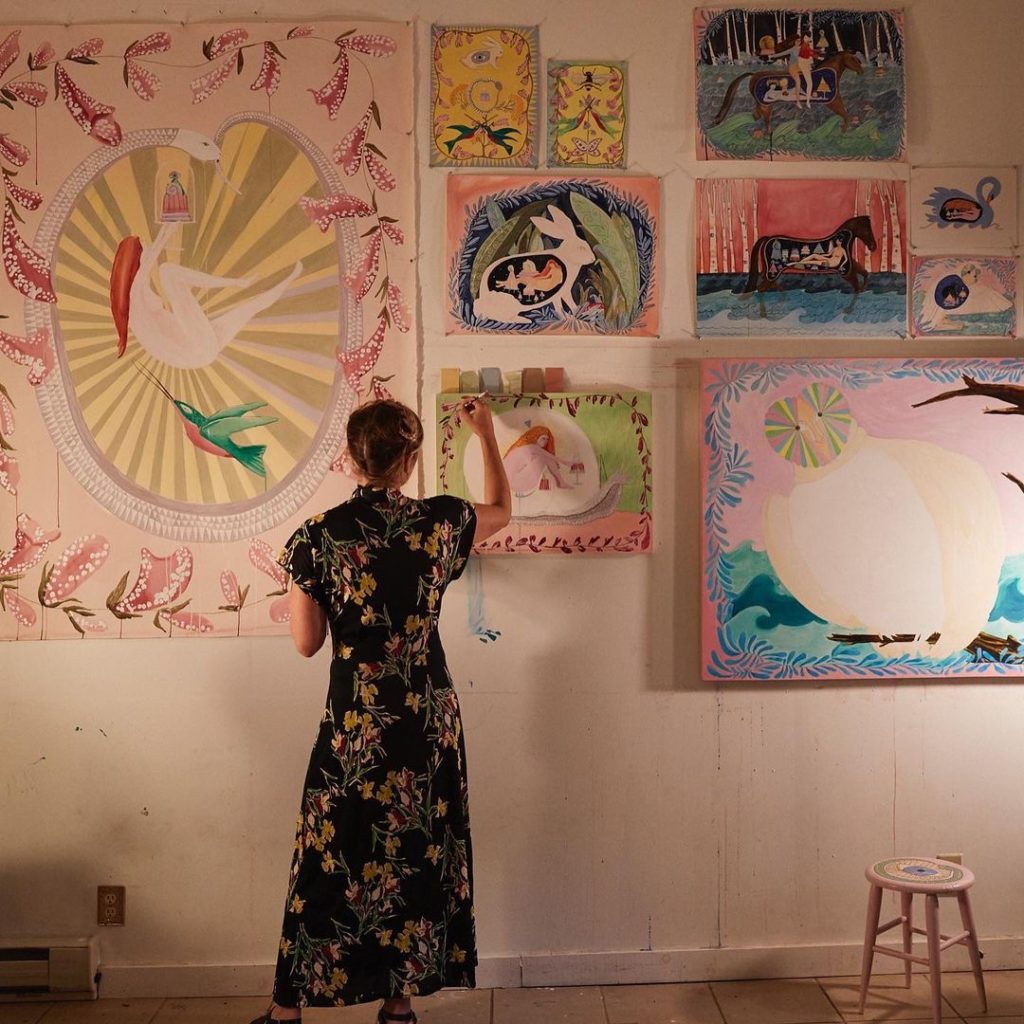
Since moving upstate from the city with their son three years ago, Sherwood now happily raises chickens, grows vegetables and practices herbalism; she is also far more content to let chaos reign. Stepping into her main studio, fittingly just off her kitchen / laboratory, I am struck by a large canvas of a naked woman suspended inside of a snake eating its own tail and surrounded by a garland of digitalis flowers. Next to this are smaller, equally mystical canvases, portraying women astride or reclining inside her familiar pantheon of snails, deer, swans and horses surrounded by a sea of elaborate cakes. “I just woke up one morning and started drawing those,” she says, adding that the larger painting came to her fully formed in a dream.
Like many female artists in the male-dominated art world, surrendering to intuition takes courage. “When I started making these paintings of people in – side animals, they were different than what I had made before, which did well. I thought, these are weird, everyone is going to hate them. They don’t look like any other paintings that I’ve seen,” Sherwood says, expressing concern they wouldn’t be taken seriously because they were so obviously created by a woman.
Fortunately, the originality of Sherwood’s recent work is precisely what attracted renowned curator Helen Molesworth, who invited her to participate in a group show opening May 2021, at The School, Jack Shainman’s upstate outpost in Kinderhook. Molesworth also found the idiosyncratic paintings prescient, “Our sense of isolation has taken on a magical charge since being so domestic and interior because of COVID. It’s uncanny all the worlds within worlds [Sherwood] depicts. Also, the mutual sense of displacement in the natural and cultural worlds as we figure out how we are going to be together. I hadn’t thought that about her work before this moment, but I think it now,” she said.
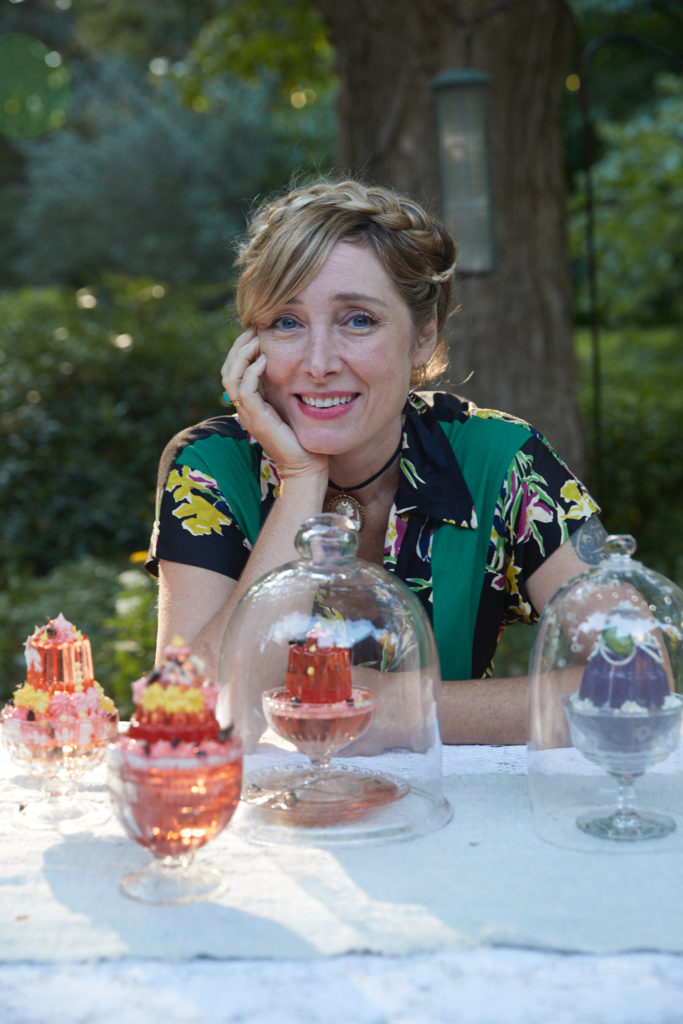
Like many female artists who defied the status quo, Sherwood has followed her own compass, changing the conversation in the process. Sitting at a table laden with ripe berries and chocolate, under a massive sugar maple, while birds flit around and chickens peck underfoot, Sherwood — looking like a latter-day version of the Goddess Gaea, with blond braids wrapped like garlands around her head — is clear about her goals: “I want to inspire a sense of the sublime; magic and awe. I hope this will cause a shift in thinking that will be positive for the planet.”
